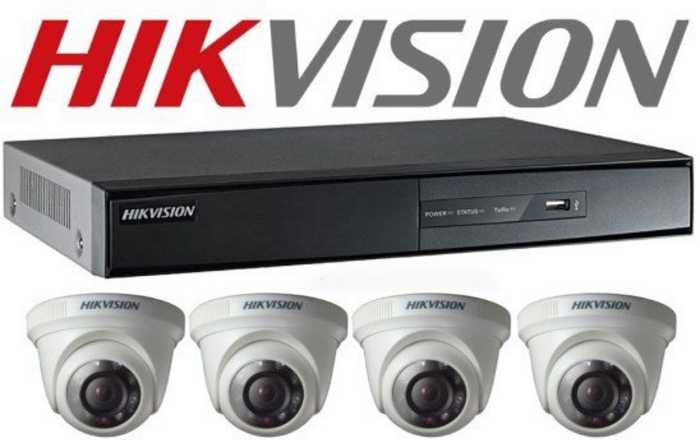
CCTV - Things to Consider
Whatever your business involves, maintaining a high level of security is very important. Increasingly, reports suggest that the most important tool when protecting businesses is a high quality, properly installed CCTV system. There are many reasons behind this. CCTV can provide a warning that a crime could be about to take place, then record the evidence to ensure a successful prosecution. Criminals are aware of this. This means CCTV also acts as a very good deterrent. However, to ensure that this system is effective, certain aspects need to be considered. The right CCTV equipment, how it’s to be installed and how the system is to be used need to be thought about.
With this in mind, Protech Systems has put together a guide detailing the major factors you need to take into consideration when installing CCTV for the first time or renewing an existing system.
Visibility
Due to Data Protection laws, you have a legal obligation to inform the public if a CCTV system is being used on your premises. The law specifies that signs must be ‘clearly visible and readable’. In practice, standard ‘CCTV in operation’ signage is perfectly sufficient to fulfil these criteria.
However, you can further increase the visibility of your CCTV system. You can use large or reflective signage as a means of increasing how much your CCTV system acts as a deterrent.
Camera Type
In recent years, High Definition technology has increased the range of CCTV cameras available. It is also far more cost-effective for businesses to use HD CCTV. Mainstream cameras are now available as Ultra-HD or 4K capturing superior resolution images.
These HD cameras work over a CAT5 or CAT6 cable. There is a range of cameras available that work over Coax. These cameras are referred to as HD-TVI or HD-CVI. Both of which will provide a far superior image than an analogue system.
ANPR systems – previously accessible only to larger businesses and organisations – can now be used by most businesses to record the number plates of vehicles entering and leaving their premises. This not only helps to optimise security but could provide an additional income stream when used in conjunction with a barrier gate and ticketing system. ANPR cameras are now very low cost and available on most mainstream CCTV systems.
Number of Cameras
How many CCTV cameras you install at your business premises will depend on a number of factors. For example the size of the property, the objectives of the cameras and the available budget. There is no one-size-fits-all approach to designing an effective CCTV system. We can help you put this plan together! Insurers will often revise premiums or excess if they are informed that a CCTV system is in place.
Camera Locations
As a basic requirement, it is common for cameras to be installed to monitor any entrances or exits. If possible, coverage will extend around the perimeter of the property, with cameras installed at intervals regular enough so that little or no ‘blind spots’ remain.
Internally, businesses are advised to focus their cameras on key zones. For example, stock storage areas, showrooms, clocking in areas and cash registers. However, if the budget allows, consider installing a camera capable of monitoring most of the interior of your premises. This will provide maximum protection from theft by the public and staff and will also enable you to monitor productivity.
Monitoring and Recording
How CCTV footage is stored and used is another consideration. With the technology available today it is possible to view CCTV remotely via PC, laptop, tablet or smartphone. For critical viewing, it is recommended that the NVR (network video recorder) be kept in a locked room where only authorised personnel have access.
While businesses are not expected to store CCTV footage indefinitely, police recommend that it be kept for a minimum of 31 days. Remember also, due to data protection, members of the public are entitled to view CCTV footage of themselves. Should such a request be made, businesses are legally obliged to provide access to the footage within 40 days.
Finally, when planning the installation or replacement of a CCTV system at your premises it is essential to make sure it is properly maintained. In addition to arranging for your supplier to conduct an annual assessment, make a note of the location of all cameras and other associated equipment. Schedule regular checks so that any faults which might develop are quickly identified. This will ensure consistent optimal CCTV performance.
Posted on April 16th 2018
